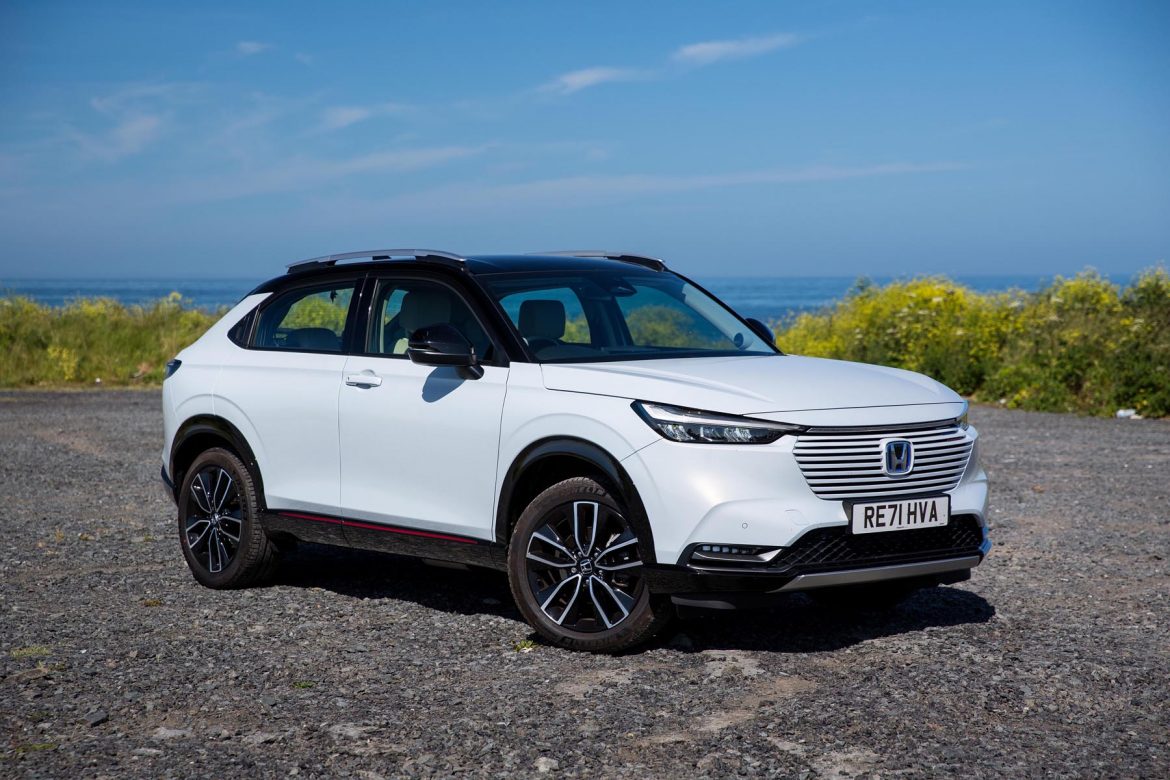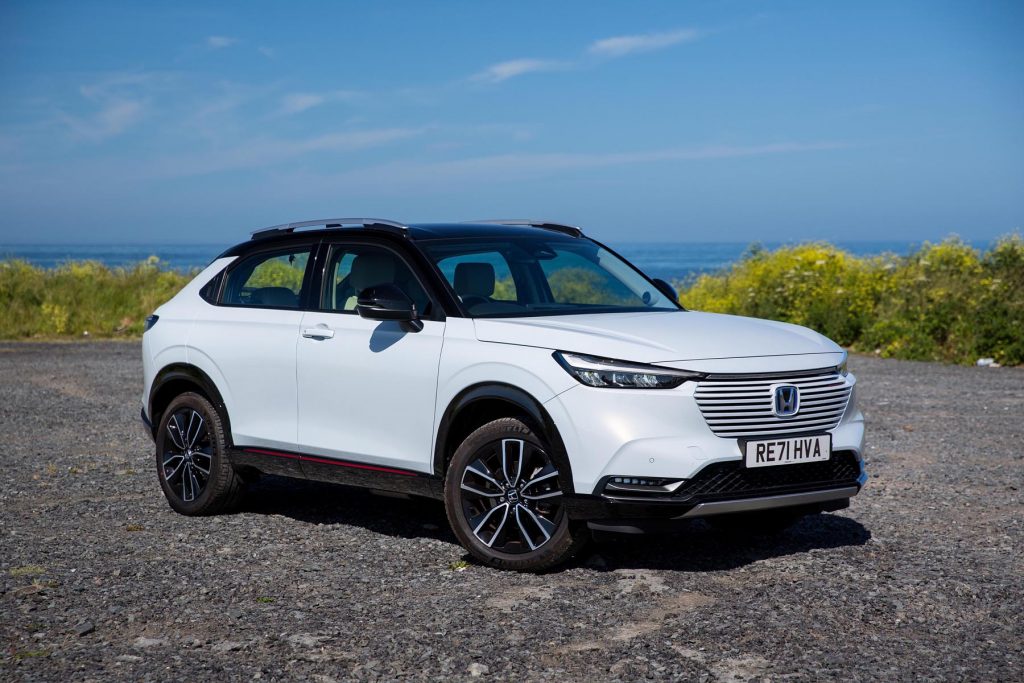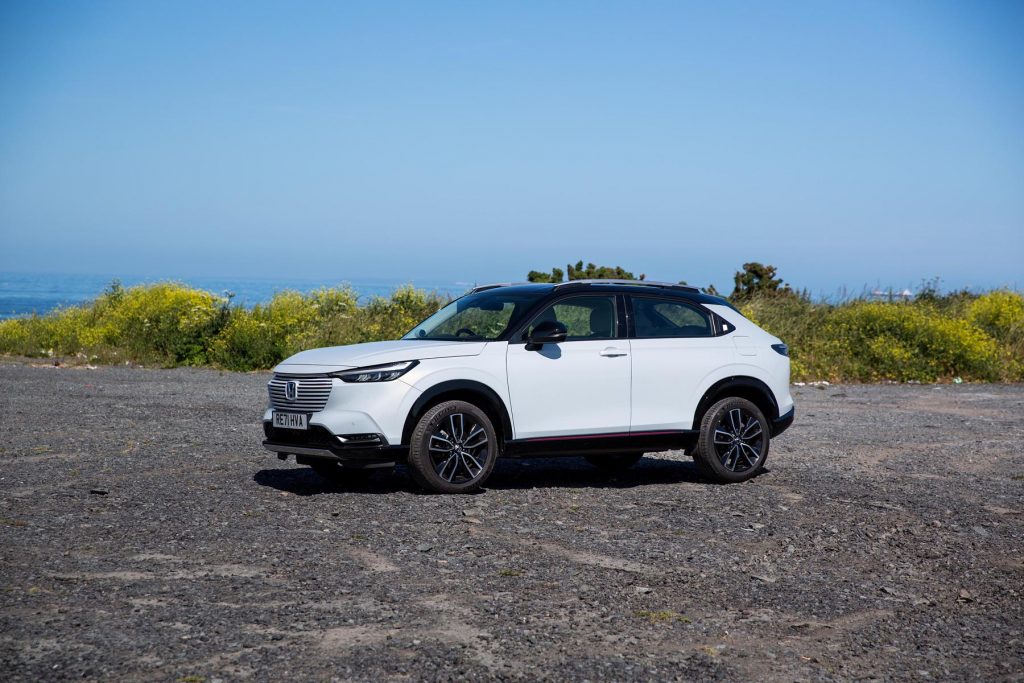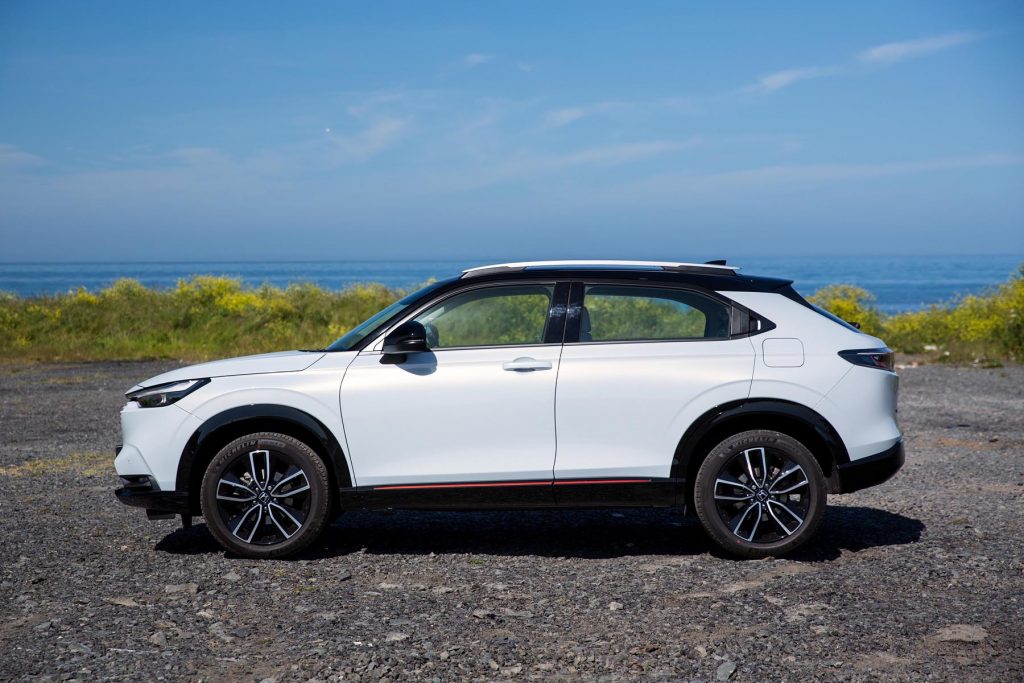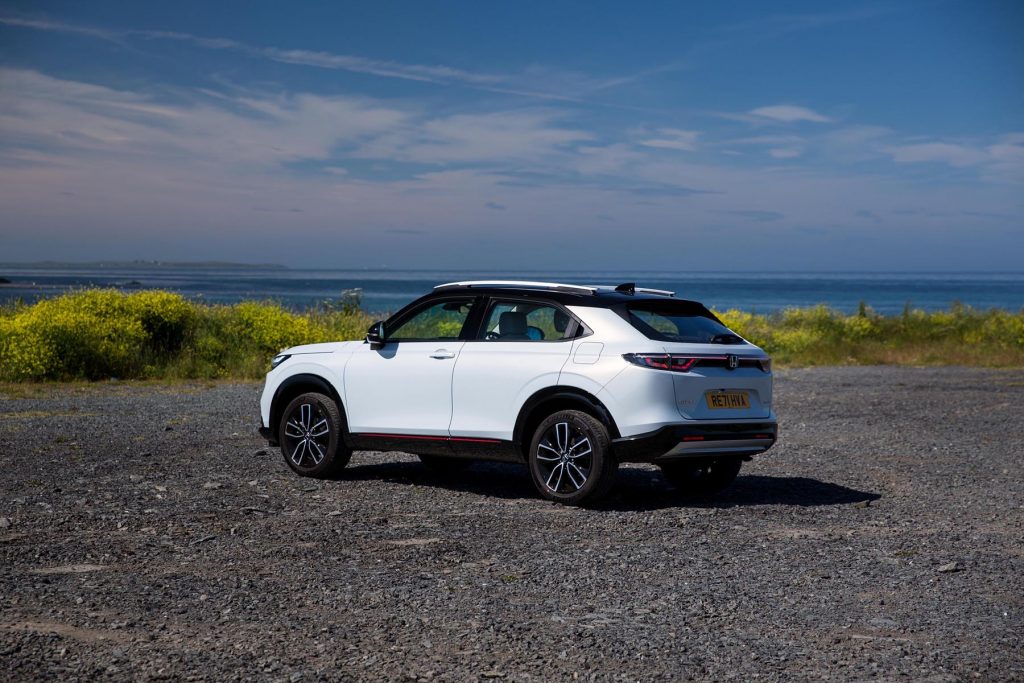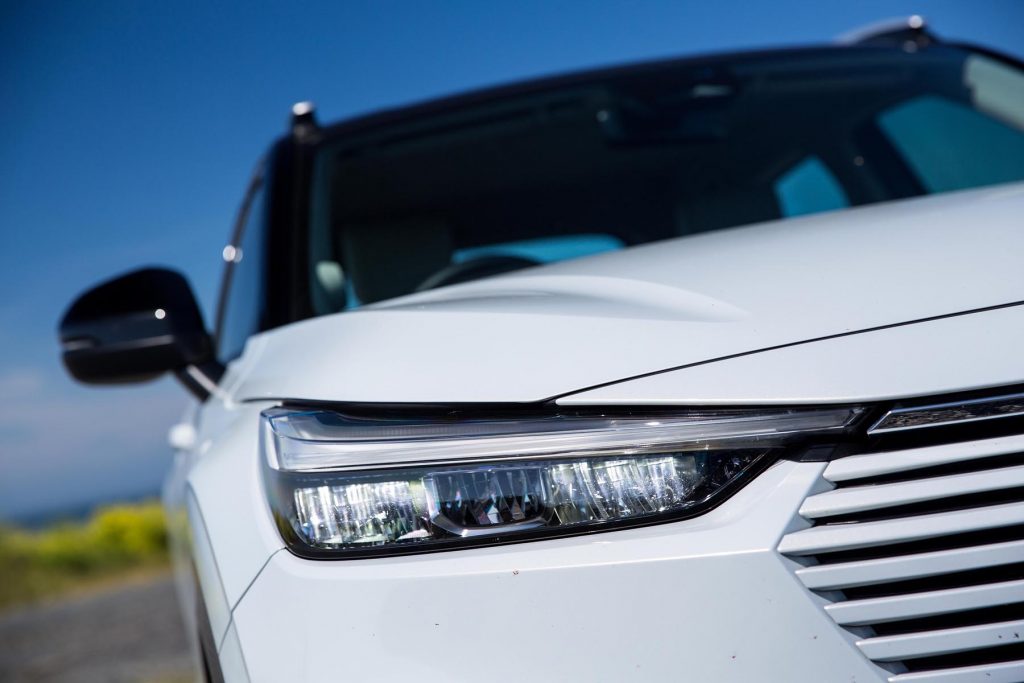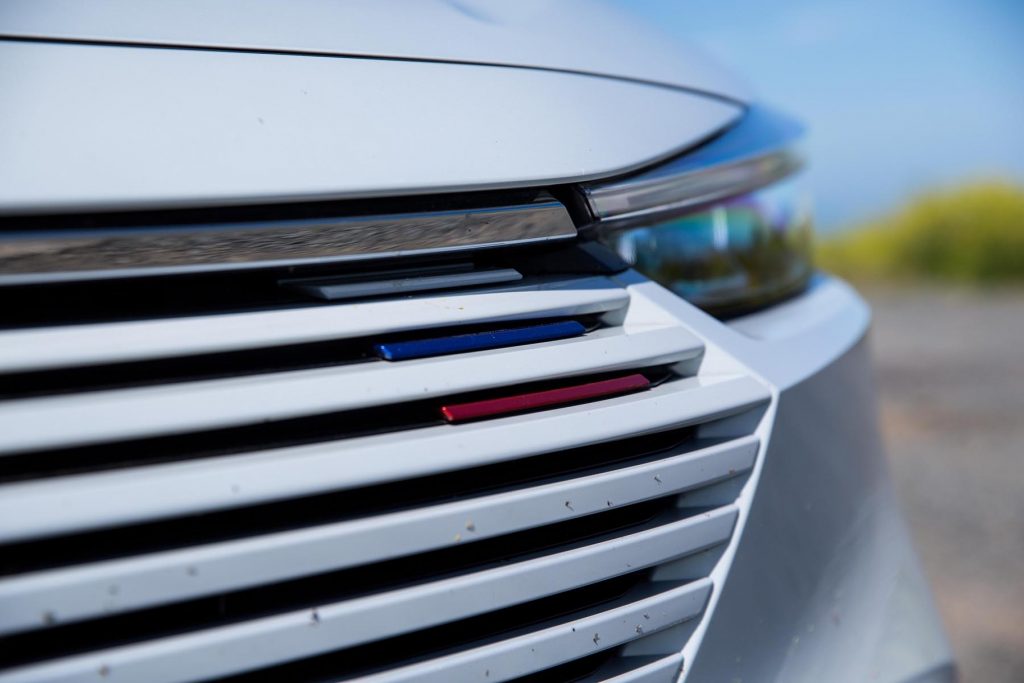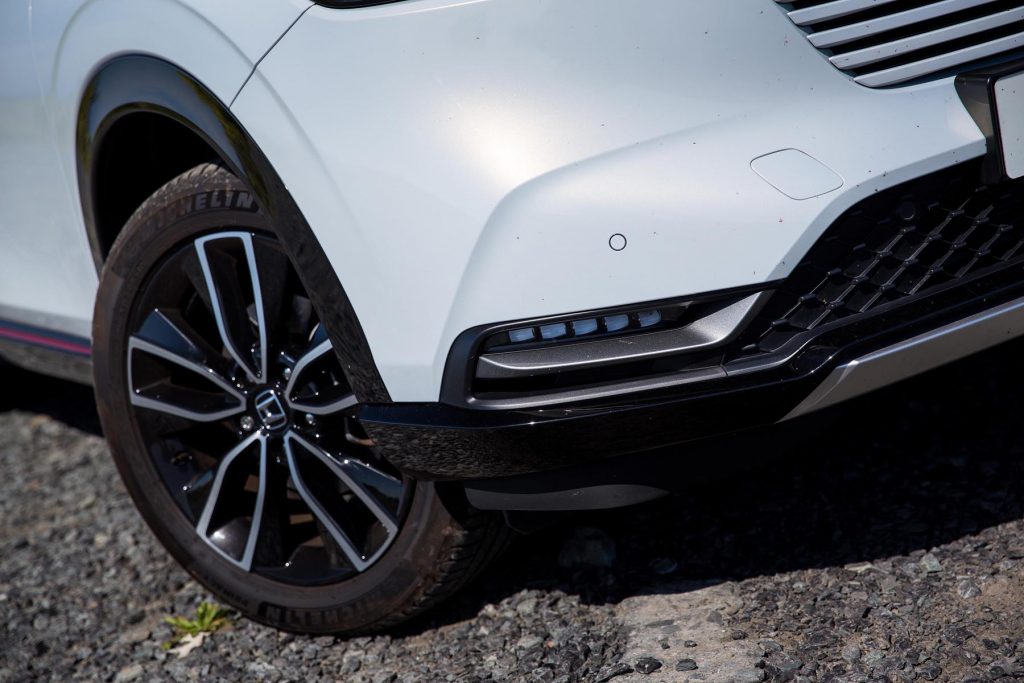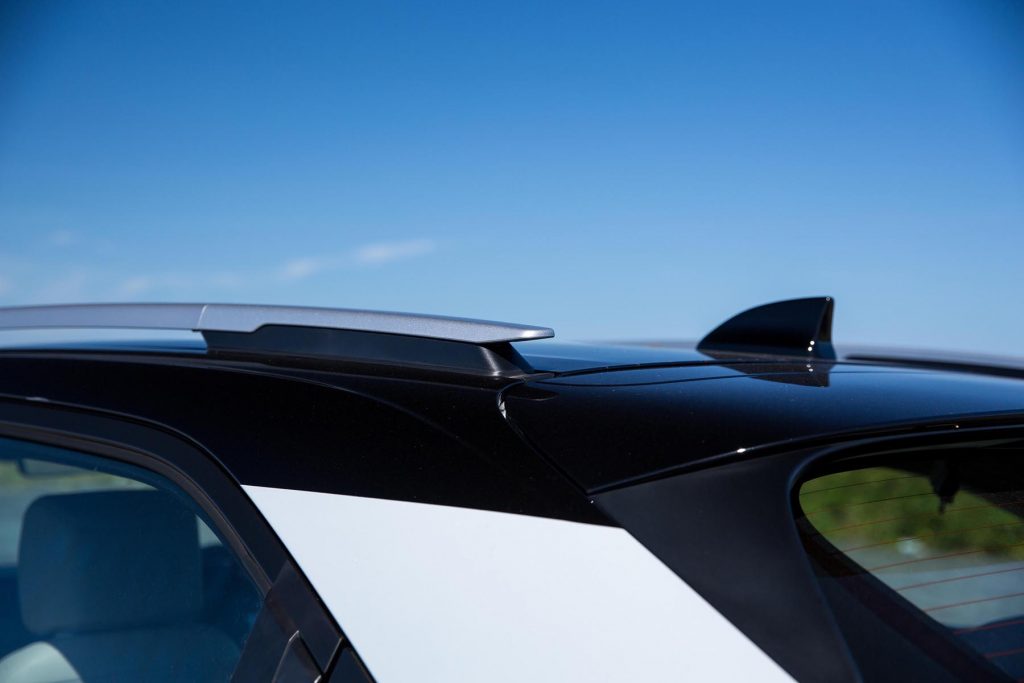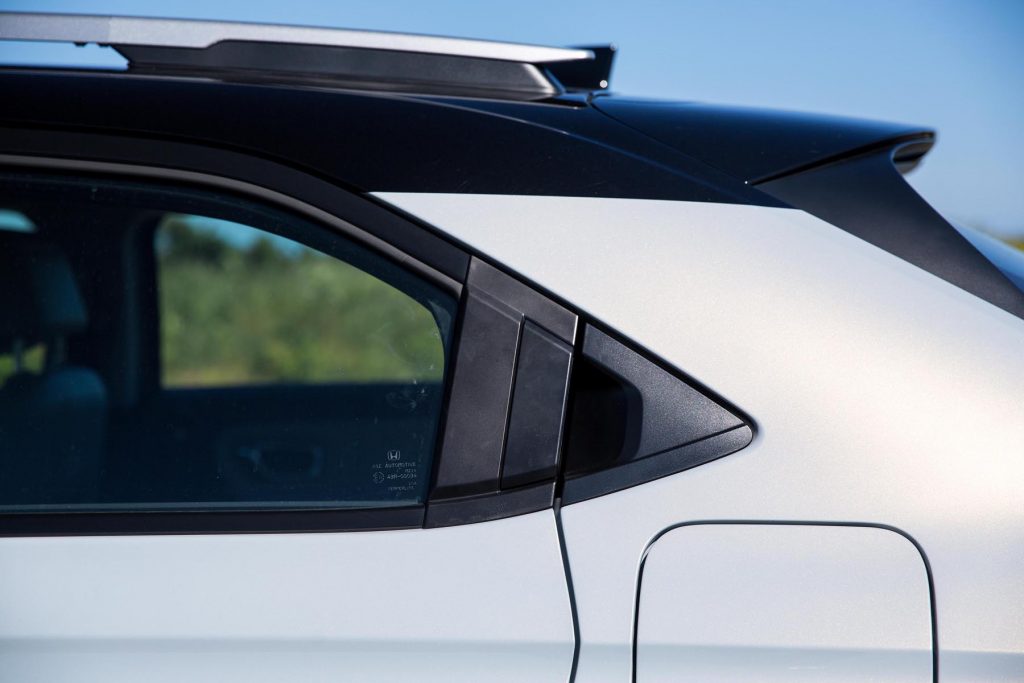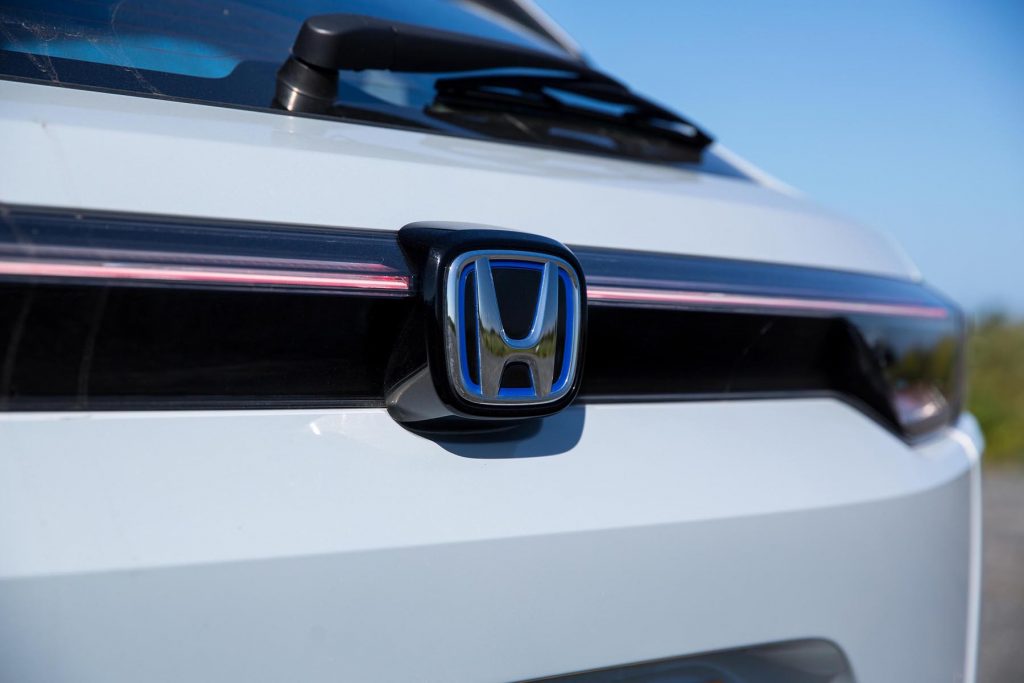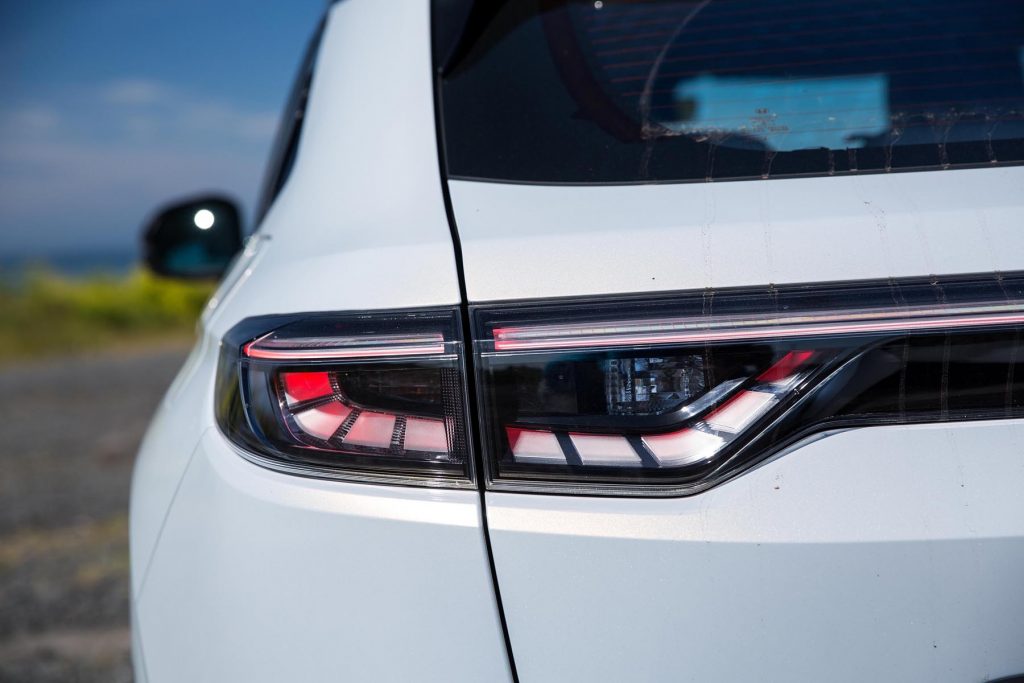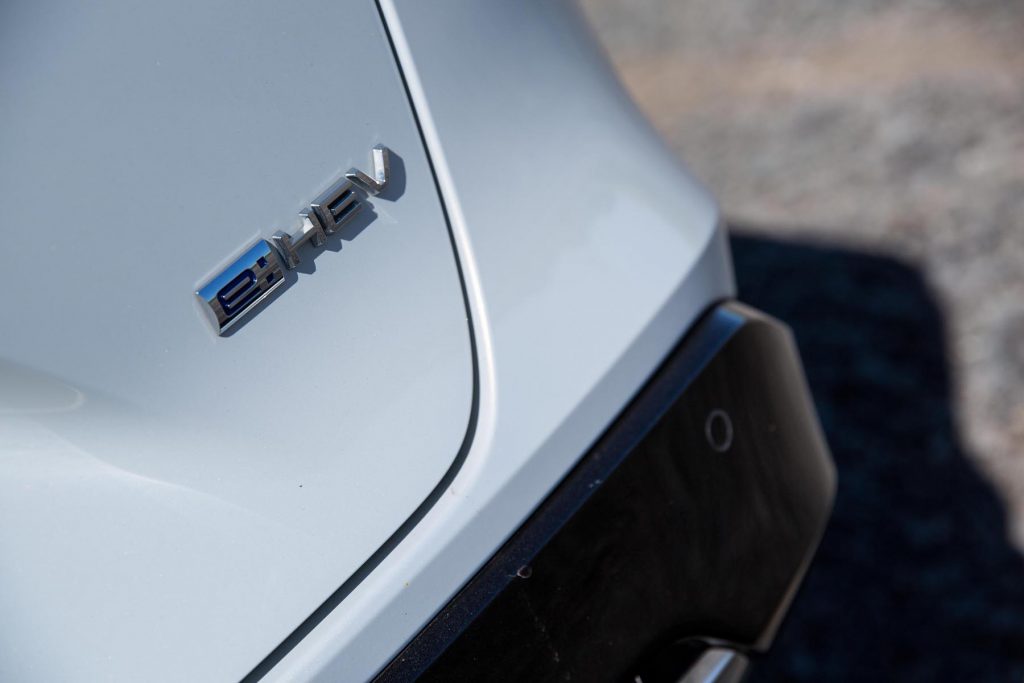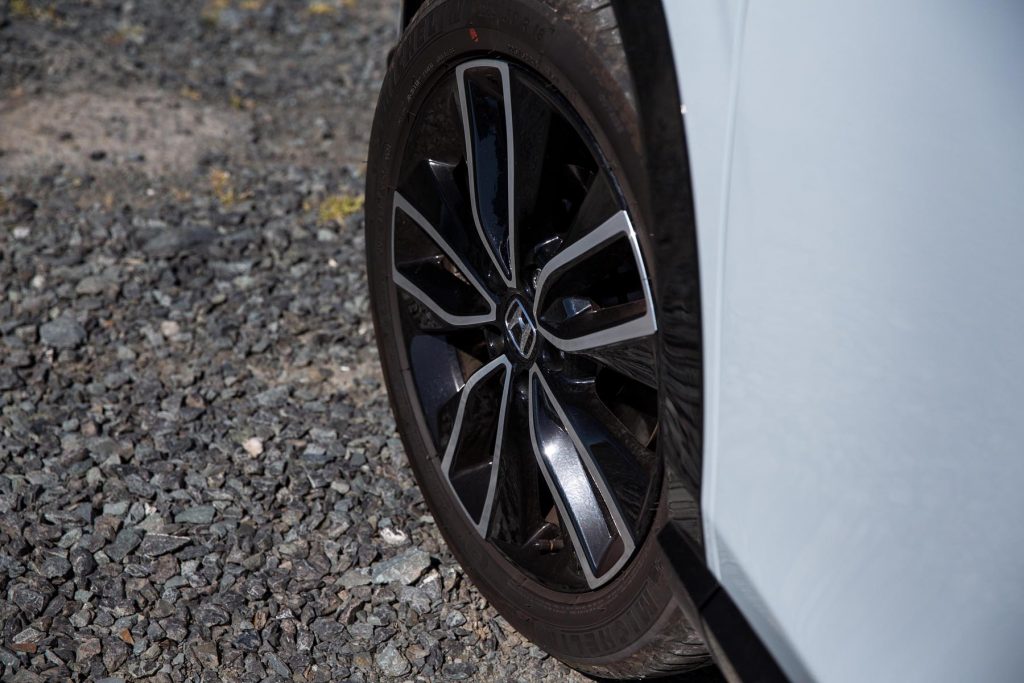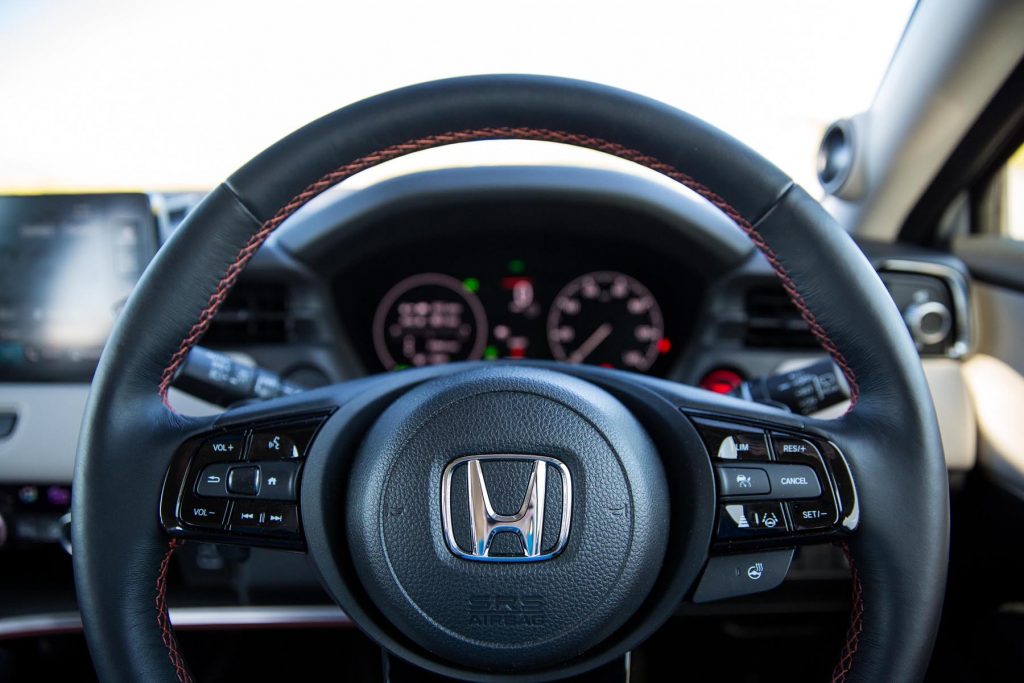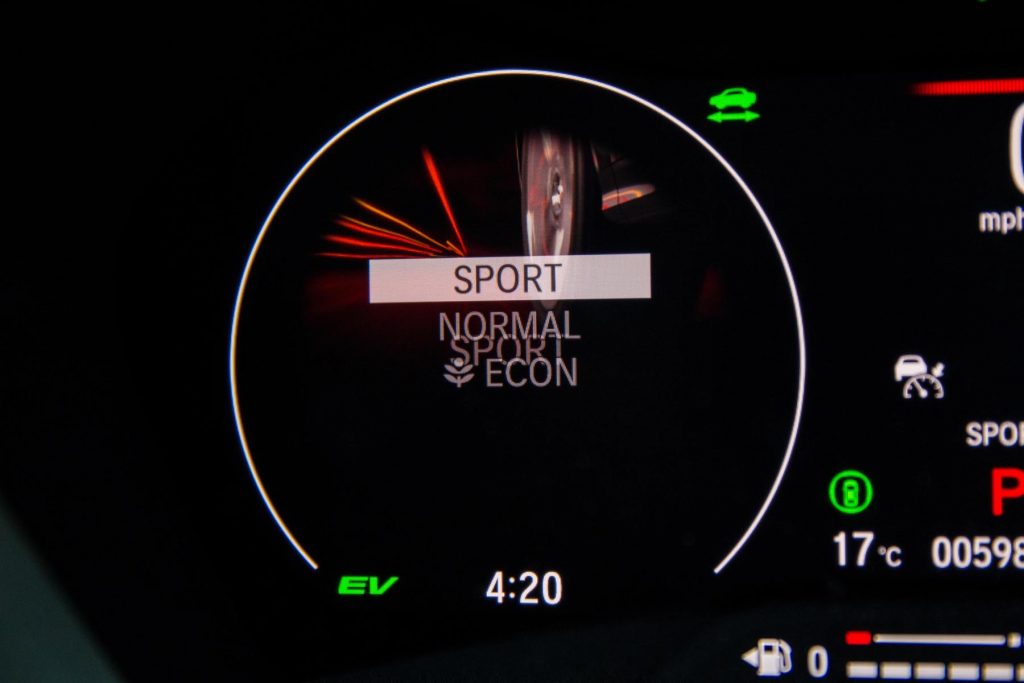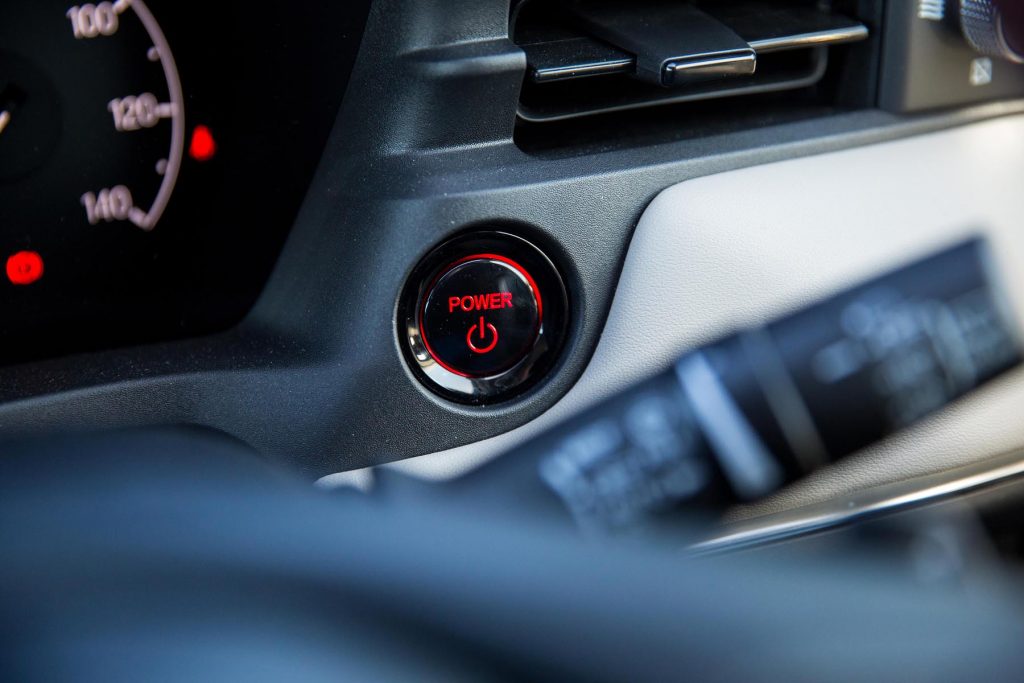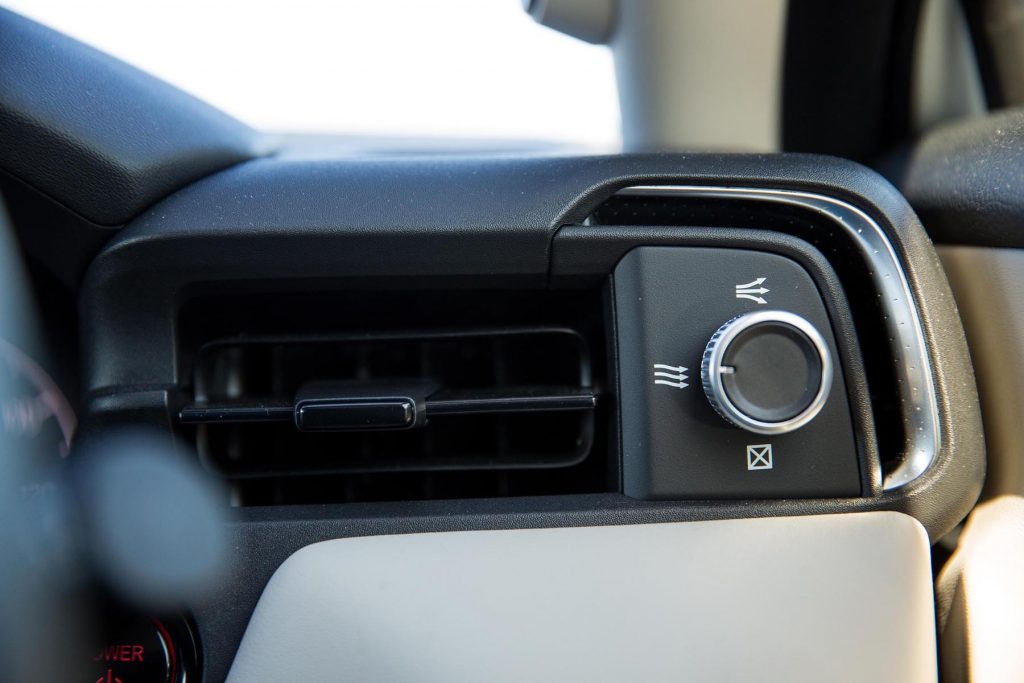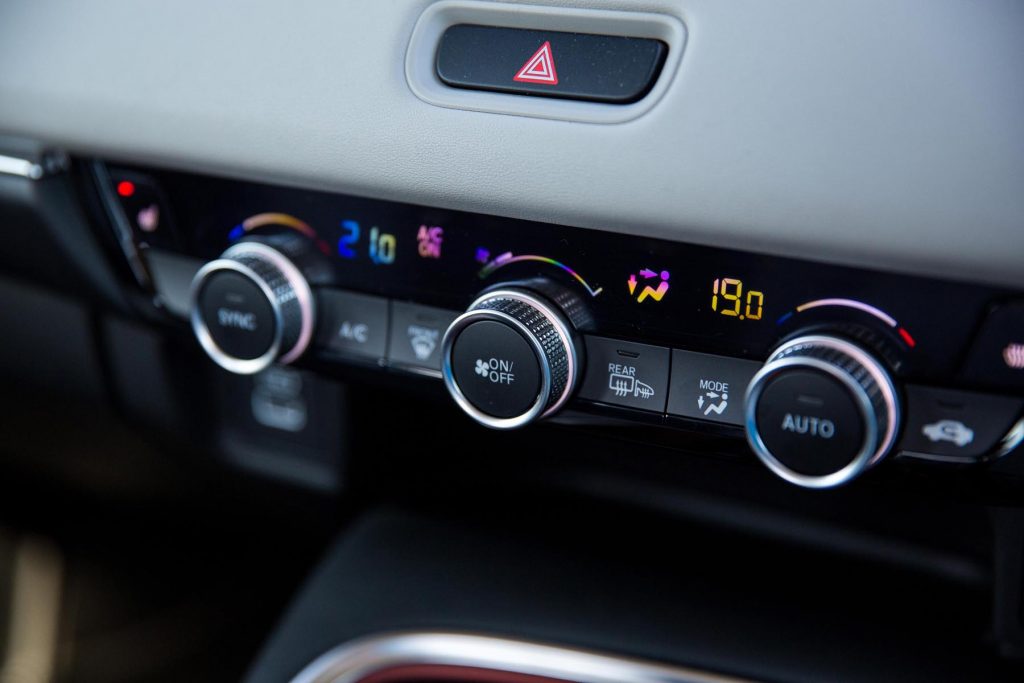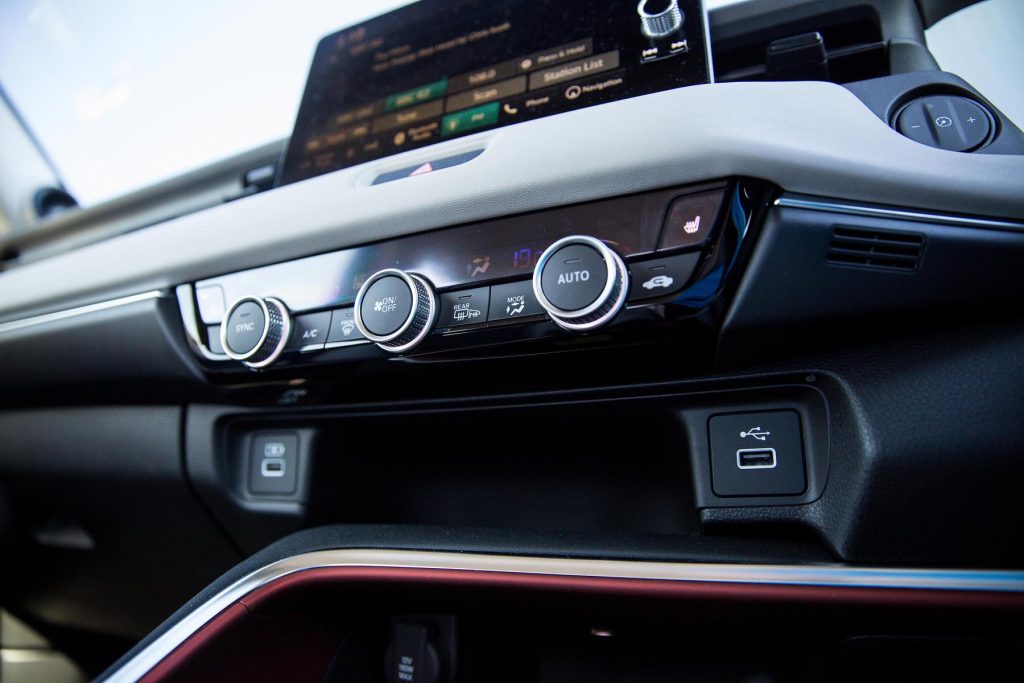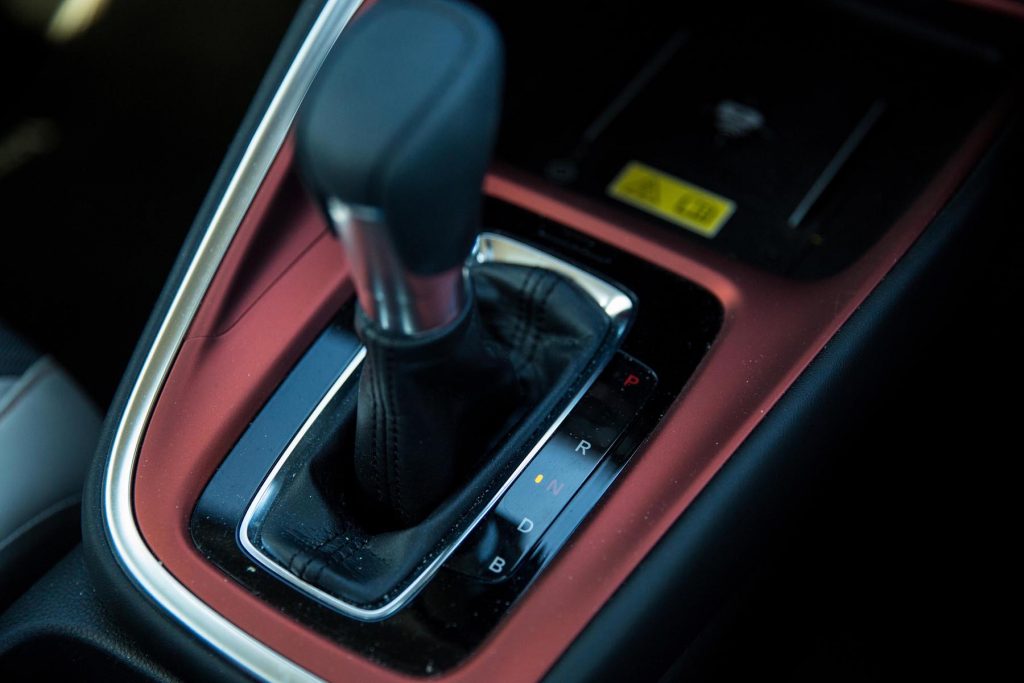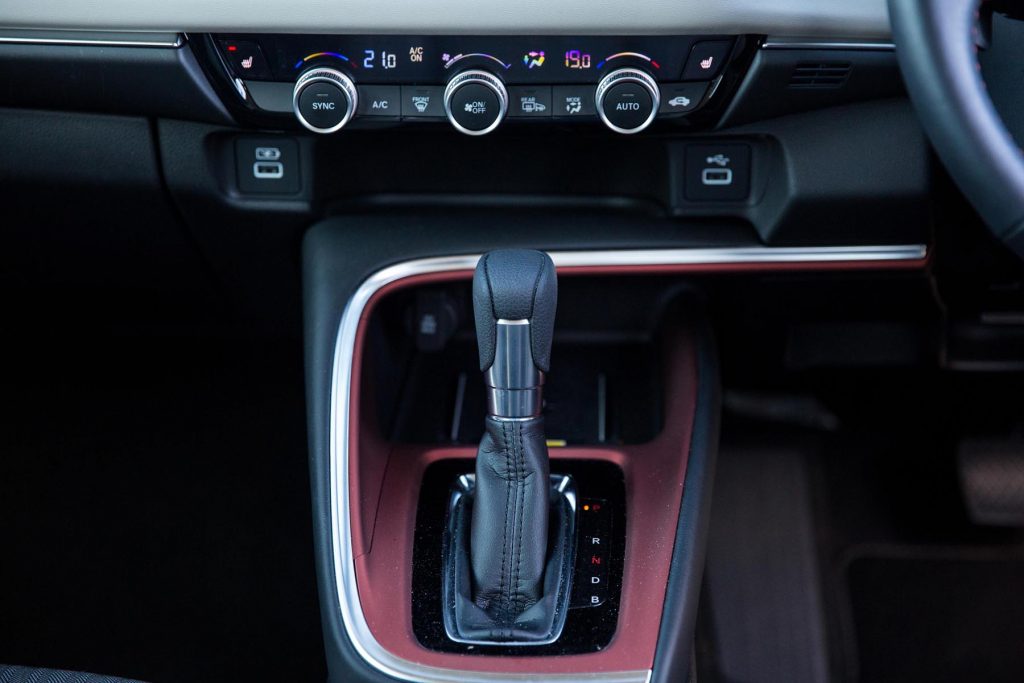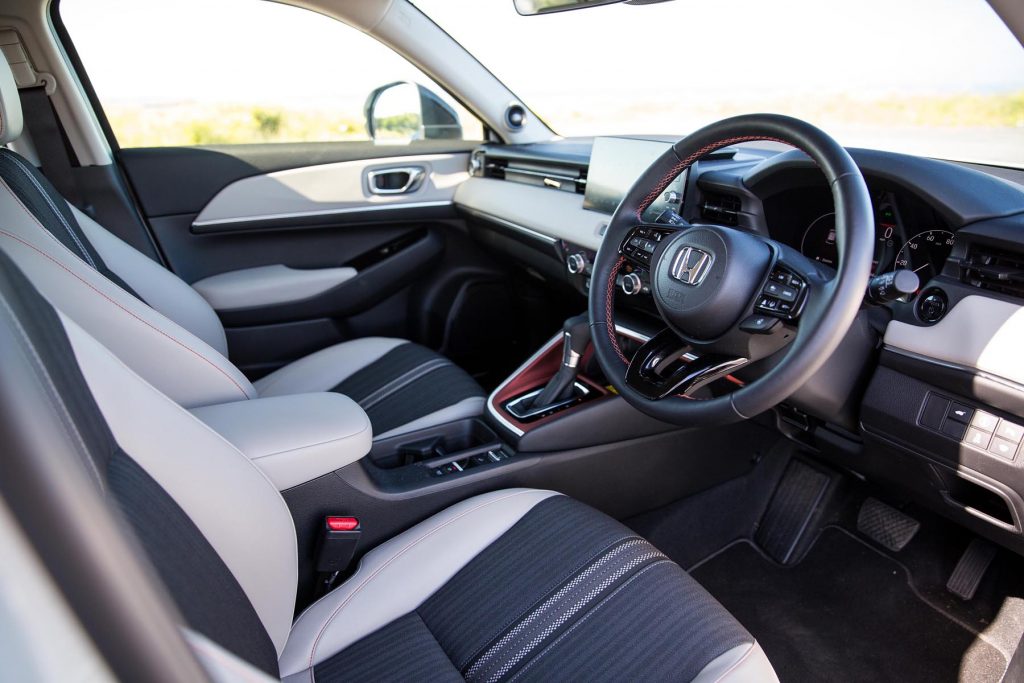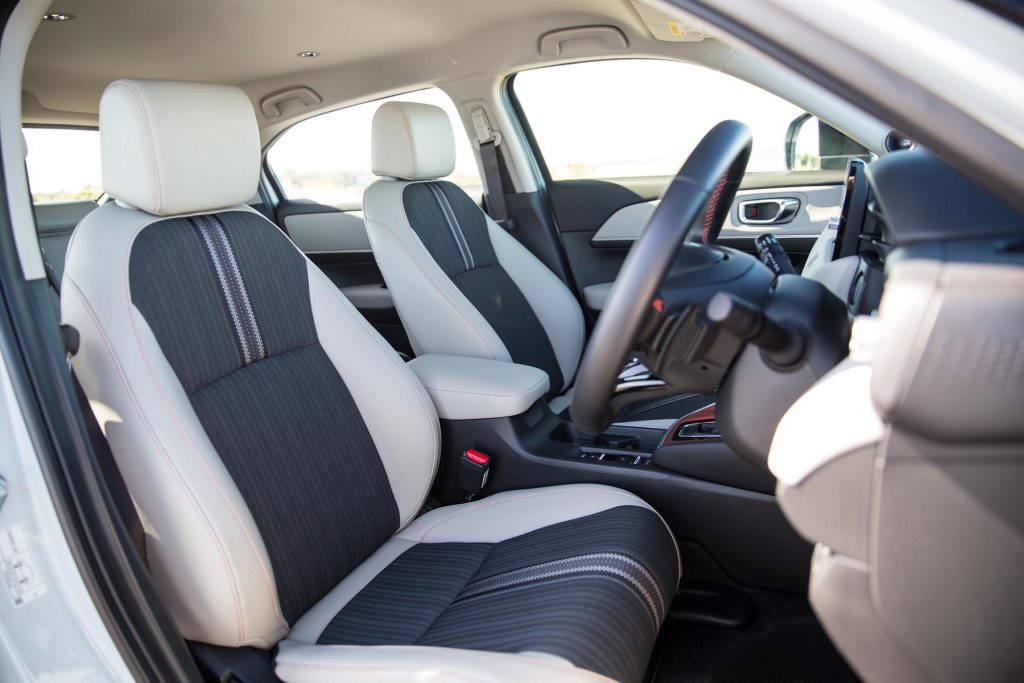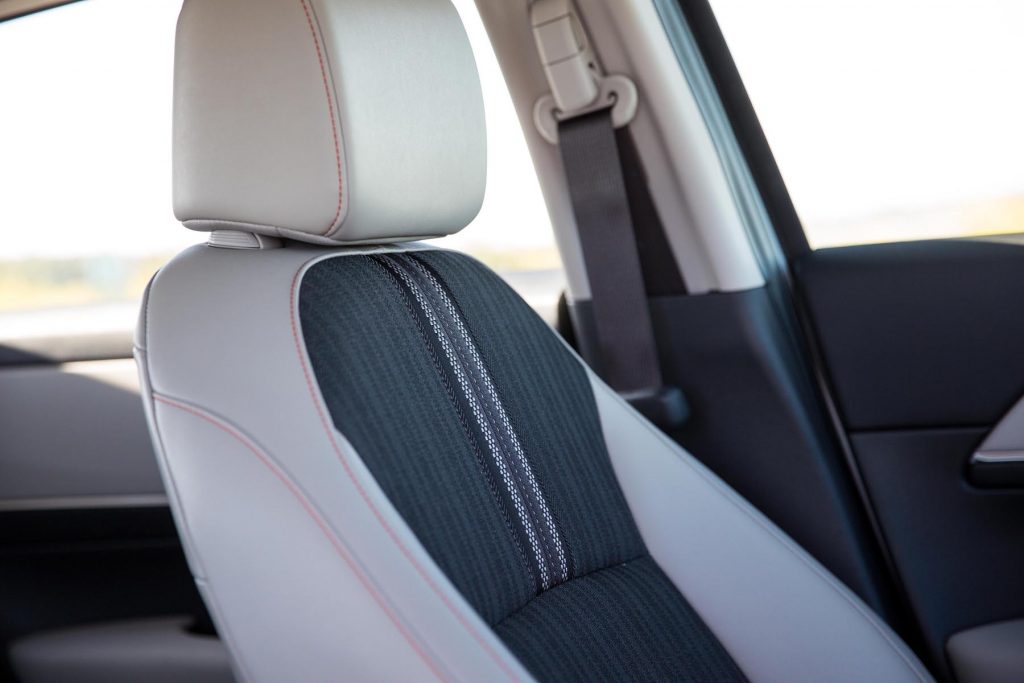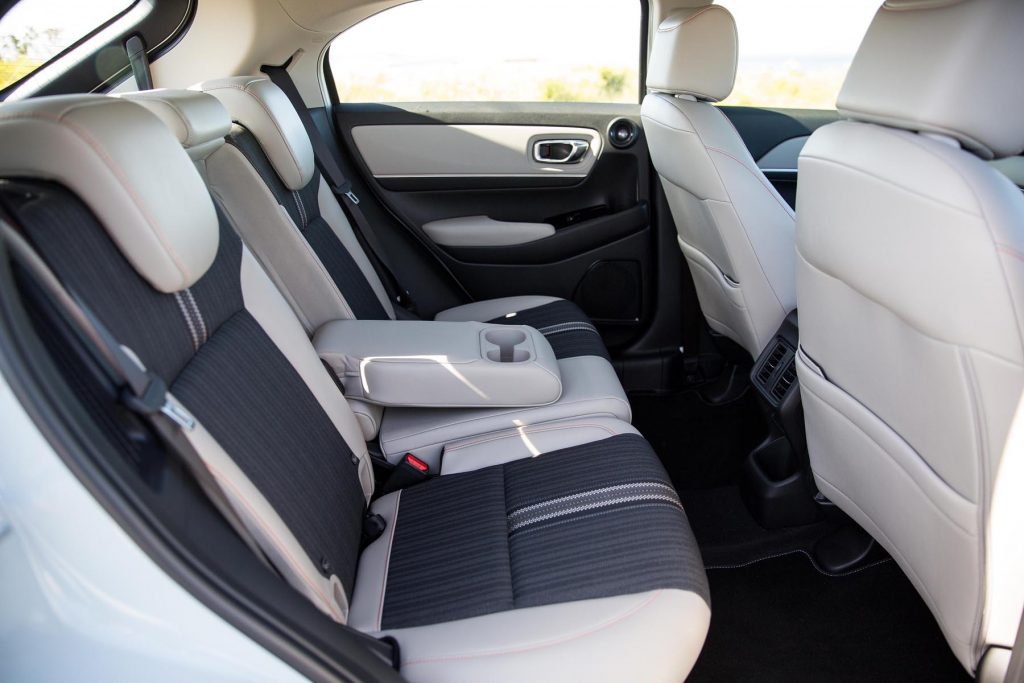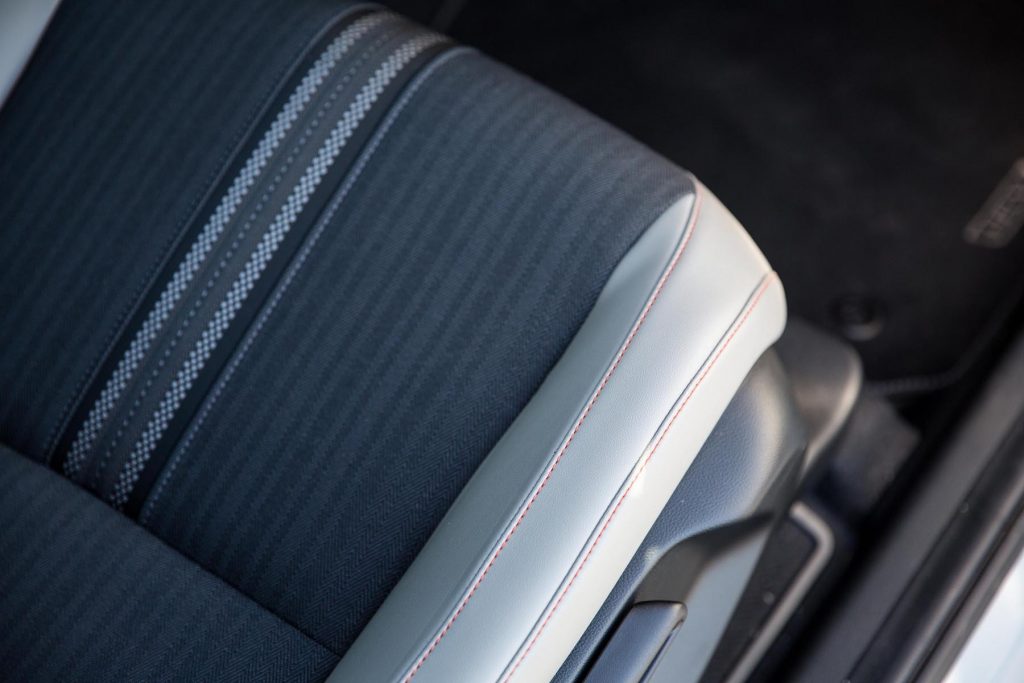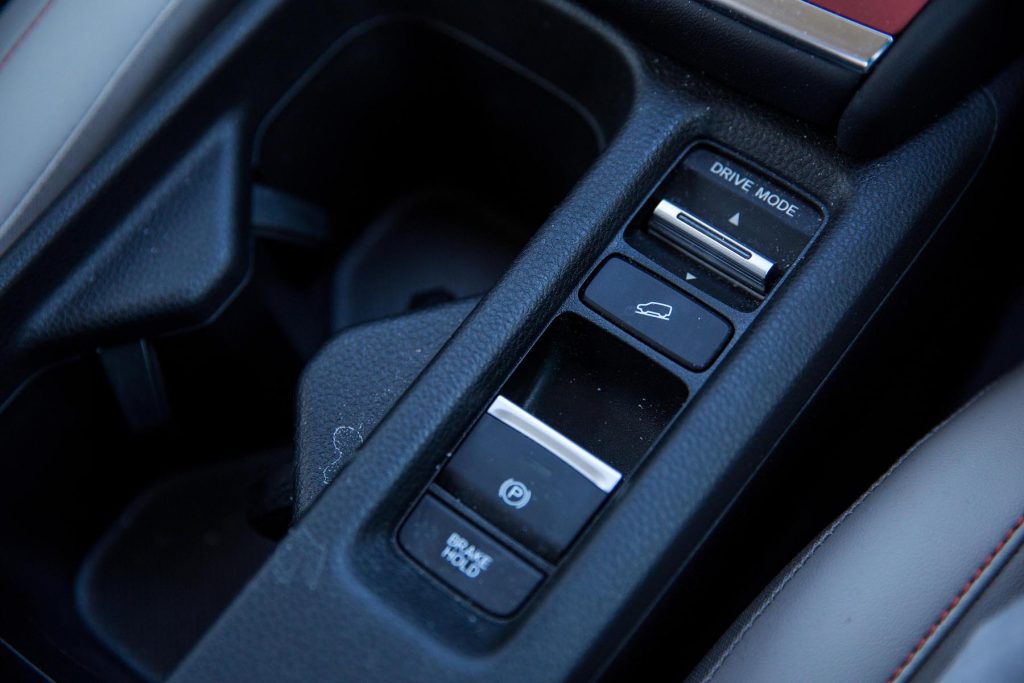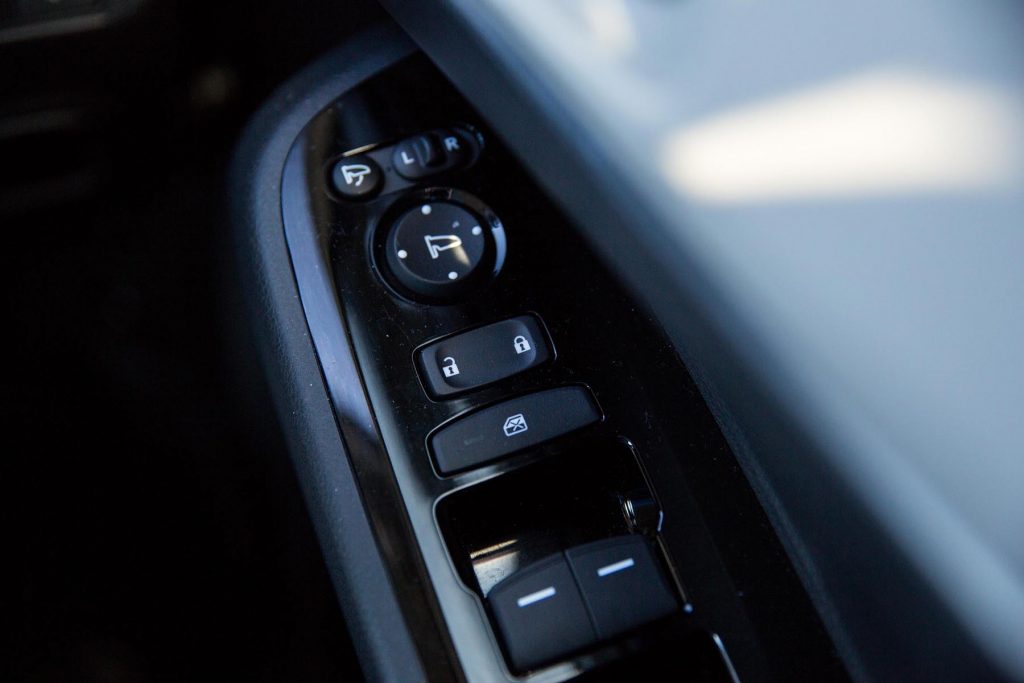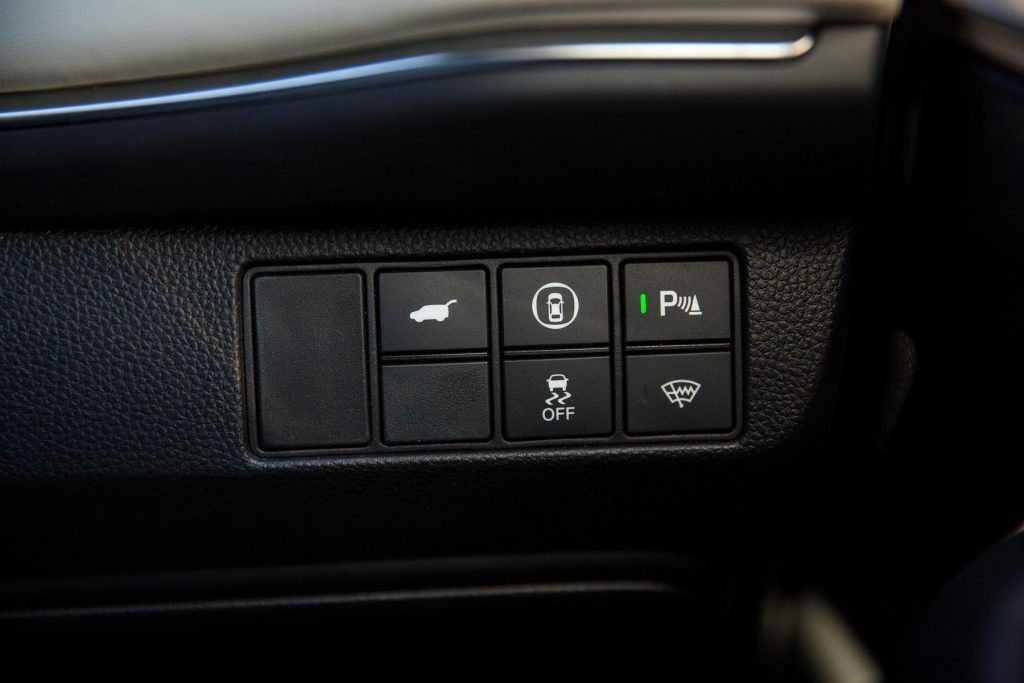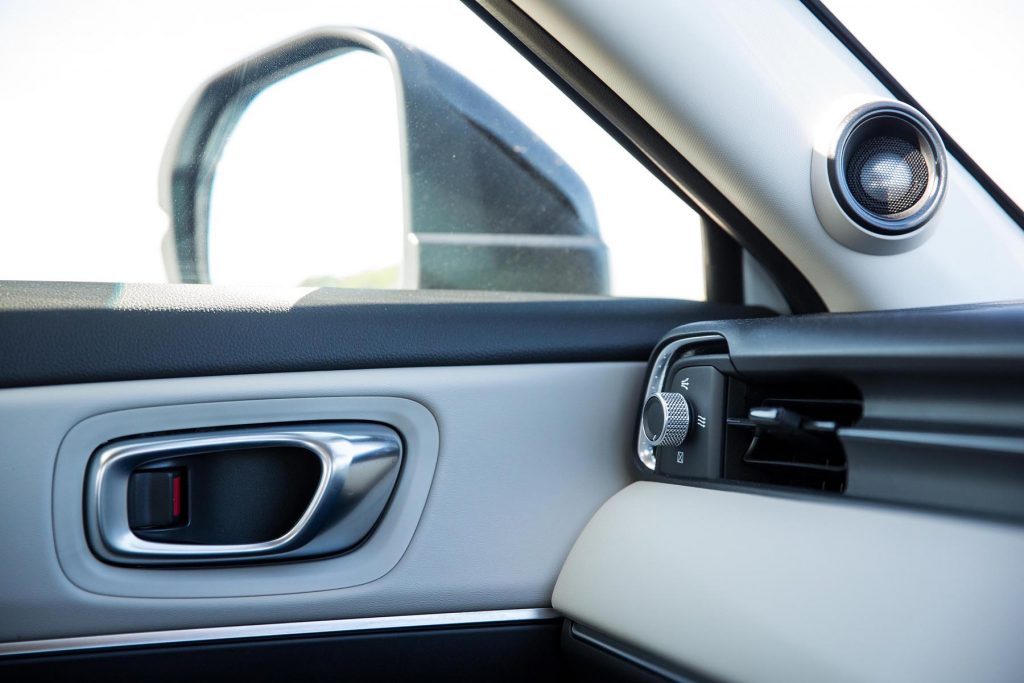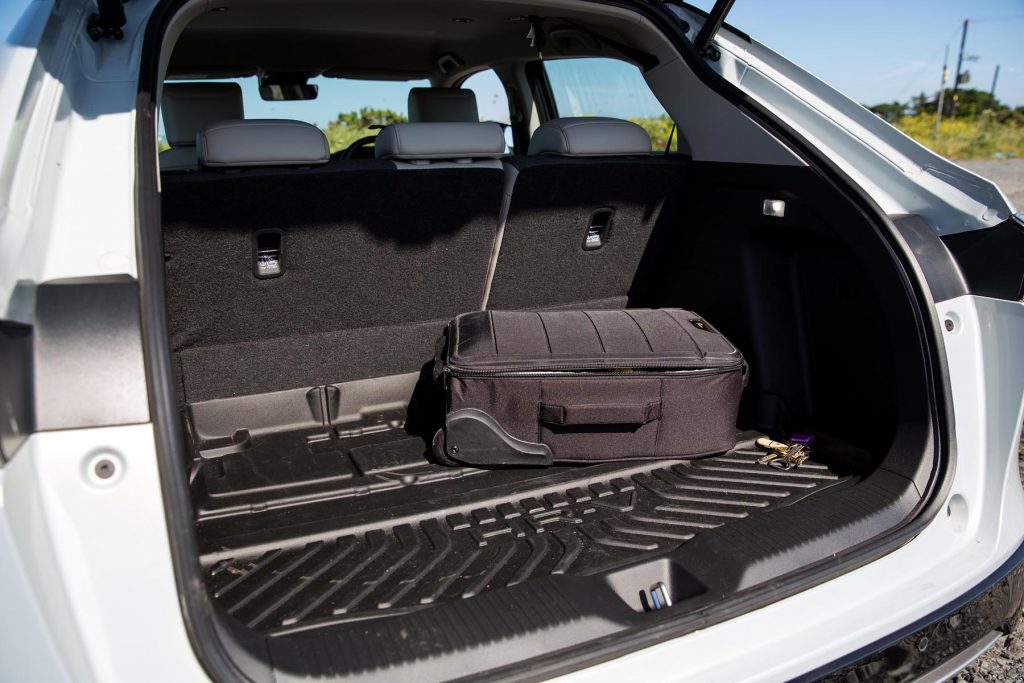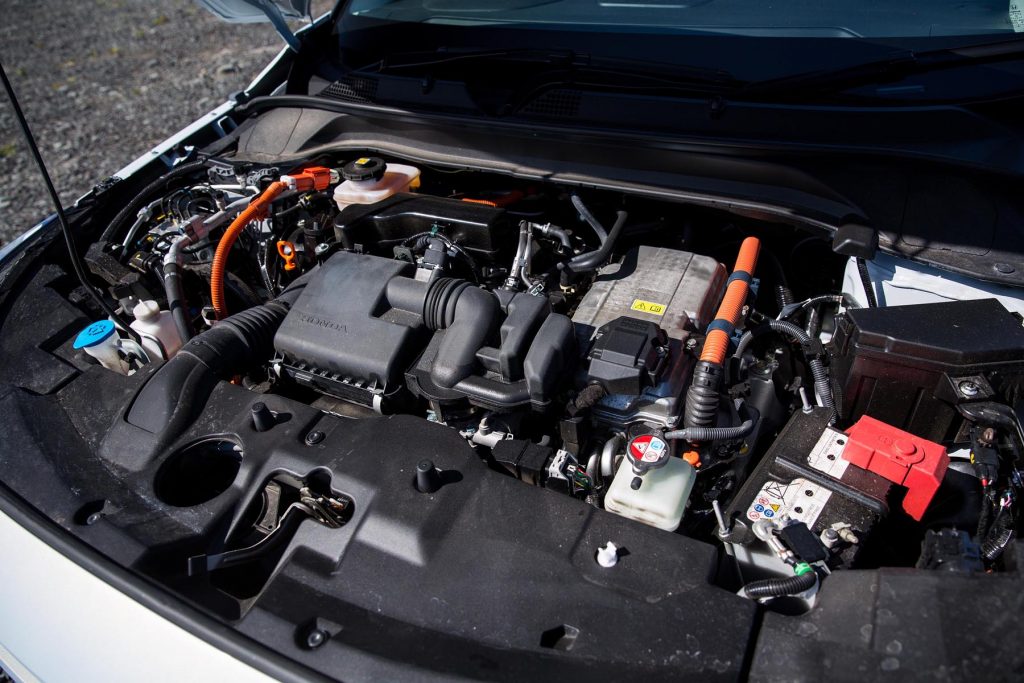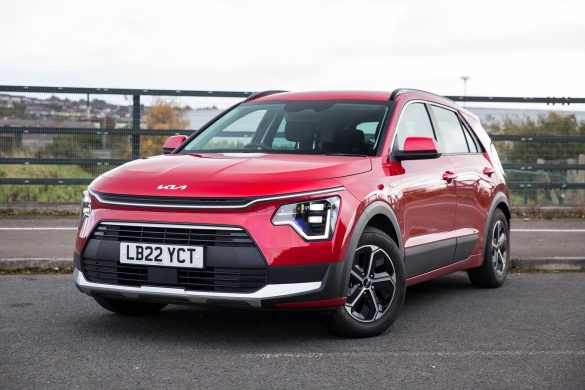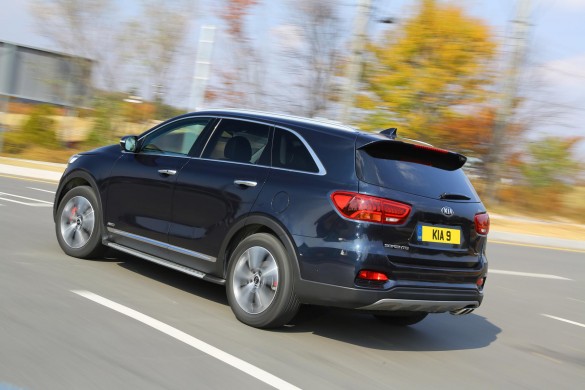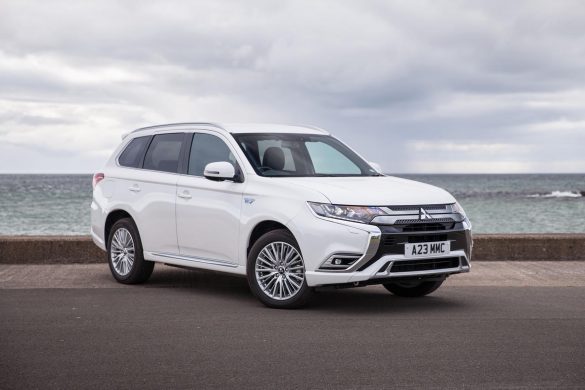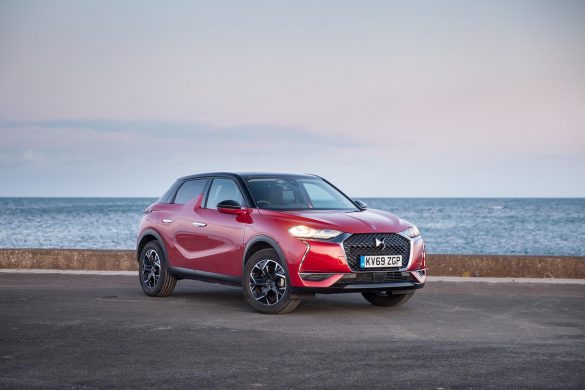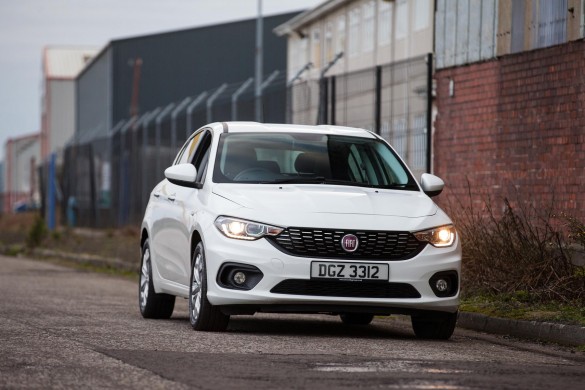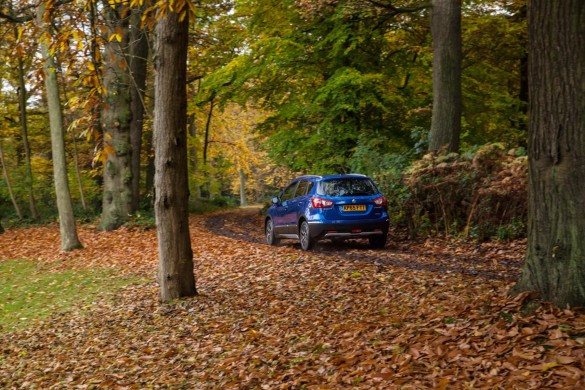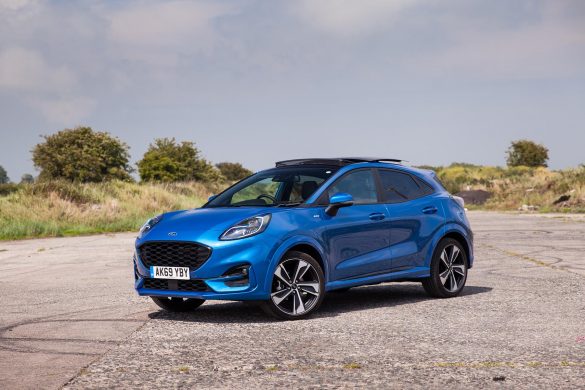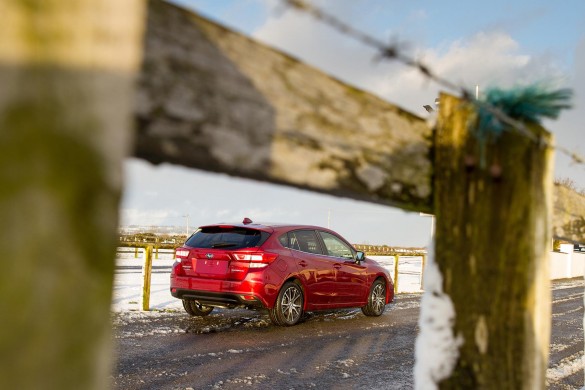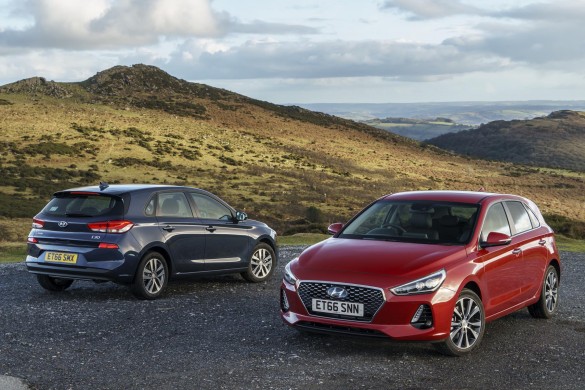First launched in 1999 the Honda HR-V looked like the offspring of a hearse and an off-road vehicle after a one night stand, especially in three-door guise.
Despite looking like it could take on a plateau whilst delivering bread, ground clearance wasn’t anything worth talking about. Self named by Honda as the ‘Joy Machine’ it soon became a rival to the Land Rover Freelander, Toyota RAV4 and Suzuki Jimny.
It was well built and reliable, available in two or four-wheel-drive, and still looks pretty funky today. A neighbour of mine actually has one, and it always catches my eye.
The HR-V disappeared from market for a decade, returning in 2015 with a model that was in no way connected to its predecessor, other than in name.
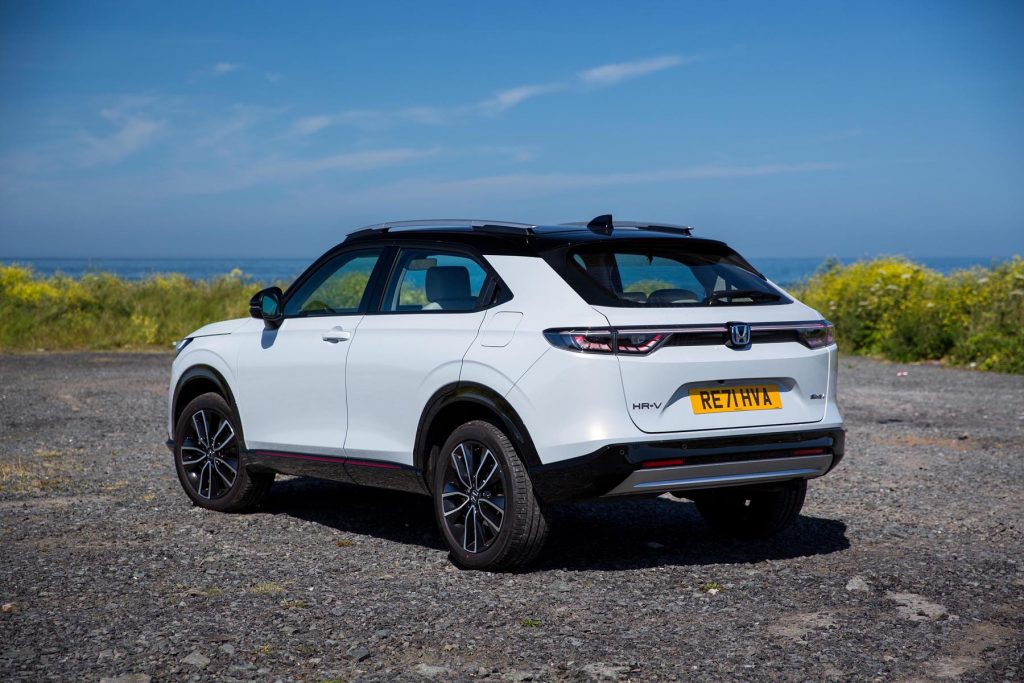
At a time when crossover SUV’s were booming, it made sense for Honda to reintroduce this model to compete against the likes of the Renault Kadjar, Mazda CX-30 and Nissan Qashqai.
It was practical, spacious and like its sibling, the Honda Civic, offered styling that was somewhat different to the norm.
Honda’s third-generation HR-V was launched in 2021, and with a market now saturated in this type of vehicle, the model tested and pictured is more of a direct rival to smaller SUV’s such as the Ford Puma, Nissan Juke and Volkswagen T-Roc.
It is slightly bigger than them all, but not big enough to compete with the more family Kia Sportage of Ford Kuga. Honda has the CR-V for that job.
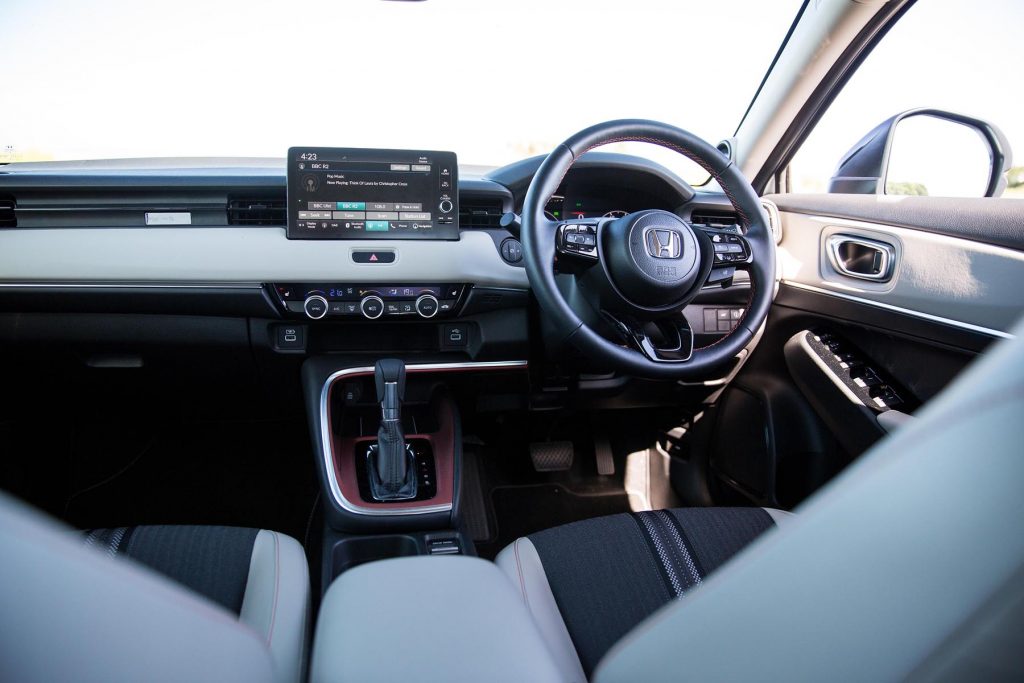
Depending on trim selected, there are a total of six exterior paint finishes, with five contrasting two-tone options. Each trim is fitted with different upholstery, helping differentiate them. Optional packs include a sport pack, obscura black pack, ilmenite titanium pack, cargo pack and illumination pack.
With just one engine and gearbox available, Honda keeps things simple with this latest HR-V.
Just three trims are available, starting from £29,410 for an ‘Elegance’ which comes incredibly well equipped with highlights such as Honda SENSING safety equipment, Honda CONNECT with navigation, 9-inch touchscreen, AM/FM/DAB radio, Apple CarPlay and Android Auto.
Also as standard are smart entry and start, LED sequential turn signal, front heated seats, auto wipers, front and rear parking sensors with rear view camera, LED headlights, highbeam support system, air conditioning and Bluetooth hands free telephone.
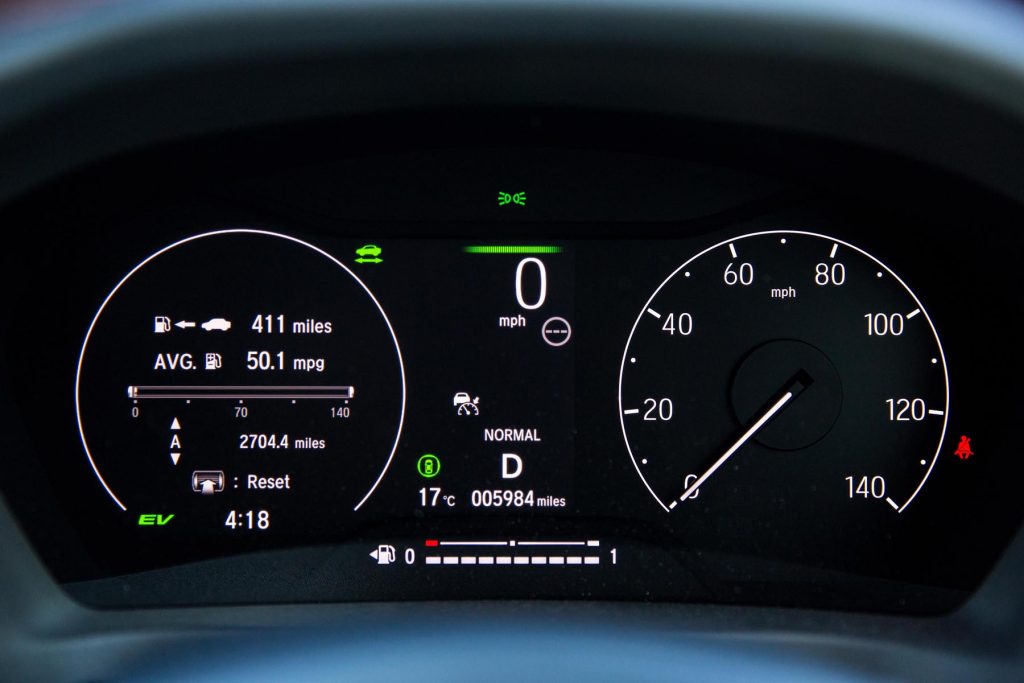
An ‘Advance’ starts from £31,780 and adds hands free power tailgate, blind spot information including cross traffic monitor, front LED fog lights, heated leather steering wheel, rear USB chargers, power folding auto tilt door mirrors, dual zone auto air conditioning and black synthetic leather and fabric seats.
The range topping ‘Advance Style’ as tested and pictured starts from £34,850 and adds two tone roof, unique exterior finishes for bumpers/grille/door garnish/mirrors in orange, white, blue accents. Also featured are unique accents inside the cabin, premium audio, light grey synthetic leather and fabric seats, wireless charger and smoked rear lights.
Powered by a 1.5-litre i-MMD petrol engine which is combined with a full hybrid battery system and paired with a CVT automatic transmission, the HR-V produces a combined output of 131PS with 253Nm of torque.
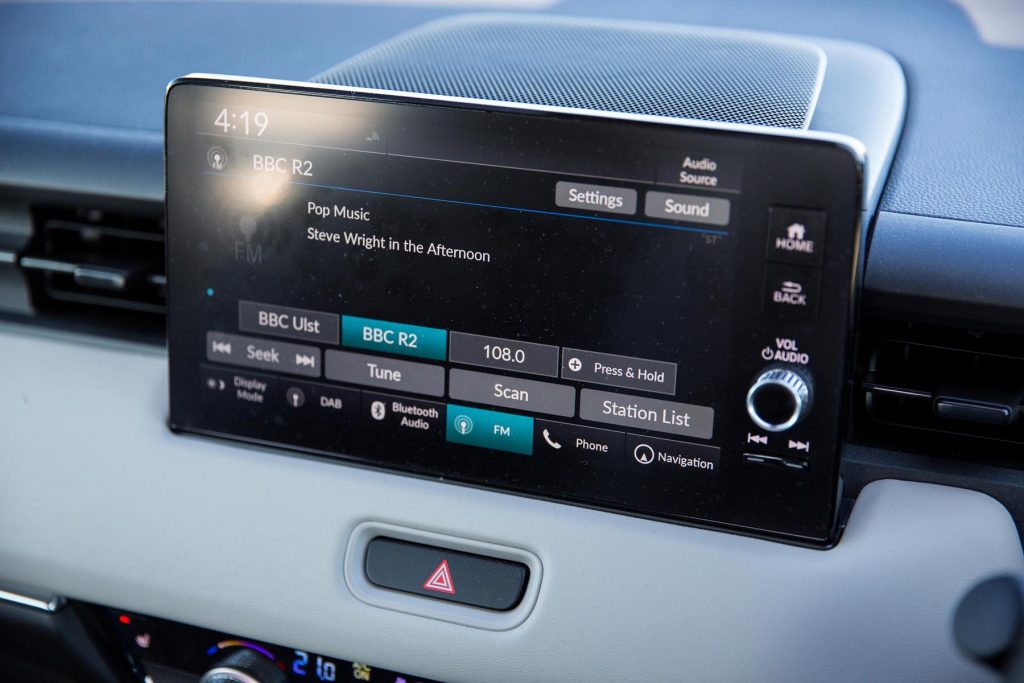
The traffic light dash to 62 mph achievable in 10.6 seconds, a top speed of a 106 mph can be expected along with a claimed combined economy of 52.3 mpg. Real-world figures aren’t far off, as I was returning 50 mpg during my week with this car.
It always takes me a while to settle into the mannerisms of a CVT ‘box, and the one fitted to this Honda is no different. Brilliant around town, they tend to work the engine hard when accelerating on the motorway when things become a little noisy.
Inside the HR-V offers plenty of room and comfort, with a quality feel. Its high seating position aids the impression of being in a vehicle much larger. If you have a need to carry a lot of luggage on a regular basis than you would be best moving up to the larger CR-V, as the HR-V doesn’t offer a great deal in the way of boot storage space.
